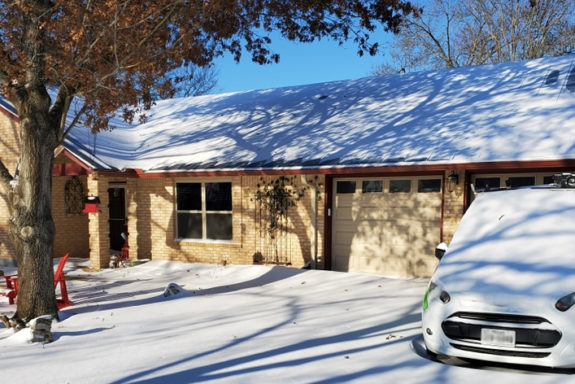
We’ve all seen those outlets with the little “test” and “reset” buttons on the face of the outlet. These are called “GFCI” outlets. A GFI, or GFCI – Ground Fault Circuit Interrupter device protects us from receiving electric shocks from faults in the electrical devices we use in our home. It works by comparing the input current on the hot side to the output current on the neutral side. If there’s the slightest difference in current, on the order of a few milliamps, then there is current leaking out somewhere, possibly through somebody’s body. To protect us in this situation, if you start to get electrocuted, the power should cut off within a few milliseconds, before you get injured.
Where should GFCI Outlets be installed?
Starting in 1968, the National Electrical Code (NEC) began mandating the use of GFCI Outlets in certain circumstances and areas. The required locations for these outlets have gradually increased over the years, and typically have only applied to new construction and major renovations. GFCI outlets are usually installed in garages and all wet areas, such as near kitchen sinks, laundry tubs, swimming pools, and exterior walls.
Test your GFCI’s periodically
The internal components of GFCI outlets can wear out over time, so you should test your GFCI outlets on a regular basis. This can be done by plugging in a simple appliance such as a lamp, and pressing the “test” button.
The outlet should make an audible click or pop, and the power to the lamp should shut off. When the “reset” button is pressed again, the lamp should turn back on, as power is restored to the outlet.
If the outlet does not trip, or if it sounds as if it trips but the power remains on, or if it will not reset after tripping, the outlet is faulty or incorrectly wired. An electrician should investigate and repair or replace the GFCI as needed.
How to install GFCI?
GFCI outlets can be installed by first turning the power off at the main circuit panel and removing the old outlet. The wires can be disconnected by clipping them close to the outlet. Then, the new GFCI outlet can be attached and installed. This is a very vague description of how to install these outlets because it really should not be done yourself.
The most efficient and safest way to install ground fault circuit interrupter outlets in your home is by calling a licensed electrician to come complete the job.
Why do you need GFCI outlets?
Having GFCIs outlets in your home is an important way to keep you and your family safe when it comes to the dangers of electric shock. Not only do GFCIs reduce injuries and accidents, they are required in certain areas of homes to meet the National Electric Code standards.
If you need to replace your old outlets and install your new GFCI outlets properly or have issues with your current GFCI outlets, call Zellner Electric.



